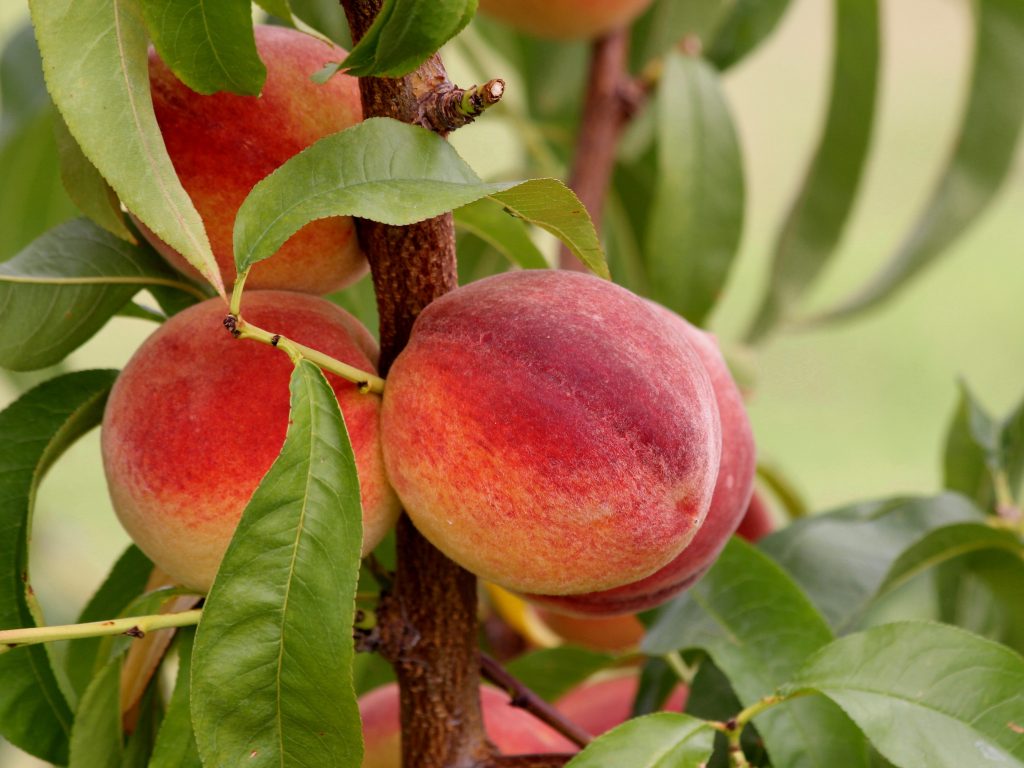
By Mary Leigh Oliver
AUBURN UNIVERSITY, Ala. — When picking up a peach from the store, consumers often don’t think about the intricate growth process fruit endures to be store ready. Peach farmers know the importance of nurturing and monitoring the peach growing process. The most important part of a peach’s growth are chill hours. These hours serve as the make or break point for tasty, store quality peaches.
Chill Hours
A chill hour is the exposure the peach or fruit has to chilling temperatures by hour. According to Alabama Extension specialist Edgar Vinson, peaches and other temperate fruits are required to meet a certain number of chill hours. This allows the fruit to break dormancy in the spring when temperatures are warm.
“It’s like an internal clock that lets the plant know that warm weather in on the way,” Vinson said. “It will soon be time to bloom and produce leaves.”
Peach Hours
Peach varieties have different chill hour requirements. Some require as few as 50 chill hours, while others need as many as 1,400 chill hours. However, the number of hours each peach requires is dependent on the specific variety.
“The early season variety ‘June Gold’ requires 650 chill hours, whereas the ‘Contender’ requires 1,050 chill hours,” Vinson said.
In the Southeast, chilling measurements begin Oct. 1 and end on Feb. 15 the following year, depending on the region. Chill hours are traditionally measured using the Weinberger model. This model measures chilling at 45 degrees Fahrenheit and below. However, the modified Weinberger measures chilling between 32°F and 45°F. Another model, the Dynamic model, measures chilling in terms of chill portions where the optimum chill occurs at 43°F. As temperatures rise above or fall below 43 degrees, chilling accumulation becomes less efficient according to this model. It also shows that chilling can be lost as a result of exposure to warm temperatures in the winter.
If peach trees receive an excess number of chill hours, the buds will bloom too early. This will then make the blooms vulnerable to late season frosts.
Complex issues occur when peaches receive too few chill hours. If chill hours are deficient, it will delay the bloom period causing a protracted harvest season. The marketability of the fruit will substantially diminish with too few chill hours. While there are a few solutions to inadequate chill hours, they cannot have the same effect as the chill hours themselves.
Solutions to Inadequate Chill Hours
It is important to first research the amount of chilling your area historically receives if you are growing peaches.
“It is not advisable to plant a tree that requires 1,050 chill hours when your area historically only receives 650,” Vinson said.
If there comes a late-season frost and the peaches received too many chill hours, simply delay pruning. Pruning invigorates the trees to help stimulate bud break in the case of low chill accumulation.
If there are too few hours, some farmers will use rest breaking chemicals to stimulate bud break. The efficiency of these chemicals relies on weather conditions and the degree to which the tree is deficient in chilling.
“Research is still being conducted to determine optimal methods of applying these chemicals,” Vinson said.
More Information
For more information on peach chill hours, visit the Alabama Extension website, www.aces.edu.









